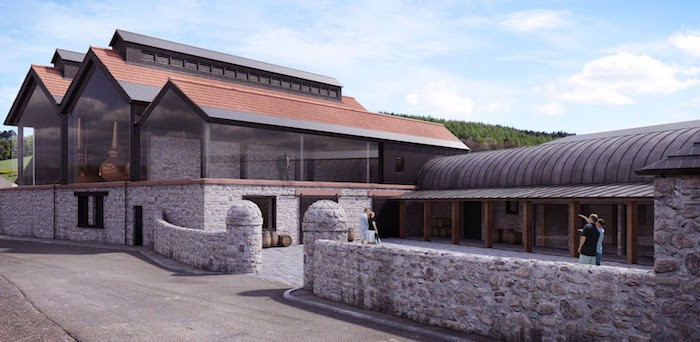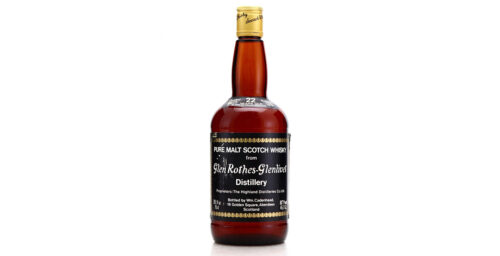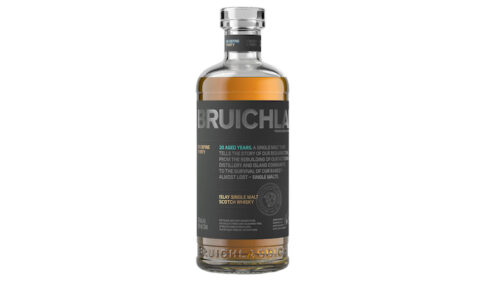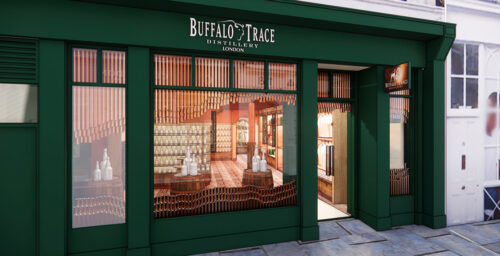Lindores Abbey, located in Scotland’s Fife region, holds special sacredness to those who know their Scotch history. Though mostly a ruin today, this historic locale was at one time a functioning abbey, and is said to be the spiritual birthplace of whisky. It is here an enterprising couple is looking to bring distillation back to in the form of their new Lindores Abbey Distillery operation.
The abbey, as the story goes, is known as the ‘spiritual home’ of Scotch whisky thanks to Friar John Cor, who paid duty on malt in 1494 in order to make ‘aqua vitae’ for the king, an act that was recorded in the Exchequer roll and is the earliest written evidence of whisky distillation in Scotland.

Fast forward to today, where Drew McKenzie-Smith and his wife Helen are in the early stages of their multi-million dollar project. Lindores Abbey Distillery will reportedly incorporate ancient distilling techniques and ingredients, and it will sit next to the ancient ruins of the 12th century abbey built by the Tironesian monks, who originated from France. It is being built “by converting and enlarging the original abbey steading. The current steading is made from original abbey stone and is over two hundred years old. Wood and stone from the surrounding area will be used as much as possible to carry on the tradition of local sustainability and to minimise the carbon footprint of the build.”
“To us, the history of Lindores Abbey is just as important as the plans we have to create a distillery,” said Drew McKenzie-Smith in a statement. “If it wasn’t for the expertise of the Tironesian monks who came to Scotland in those dark and frightening medieval times we may not have the advanced industry we do today.”
“Building a distillery on this site will bring the spiritual home of Scotch whisky back to life and we will initially produce and market an aqua vitae spirit.”
As this is a historic site, archaeological works were carried out before the construction started. Lindores, for example, “boasts the burial site of the ill-fated first Duke of Rothesay following his death in 1401. William Wallace, John Baliol and various medieval kings and queens also visited the abbey before it was destroyed under instruction of John Knox in 1559.”
Once construction is complete, some of the archaeological trenches will be left open in and around the new buildings. Inside the distillery a “dark and theatrical visitor area will take visitors to a large bright still room which looks over the abbey ruins.”
“We’re working closely with various teams to ensure we respect and maintain the historic integrity of this unique site,” noted Drew McKenzie-Smith. “We believe a whisky distillery and visitor centre will help drive tourists to this part of Fife and, in turn, have a positive impact on the local economy.”
Now, while this is all well and good, you are probably wondering about the whisky itself. As mentioned before, ancient distilling techniques and ingredients reportedly will be followed. More specifically, certain yeasts are being considered which may include a species believed to have been used by Cor. Lindores, which plans to have its first whisky in bottle by 2023, will boast, by the time all is said and done, three copper stills: one wash and two spirit stills for production.








